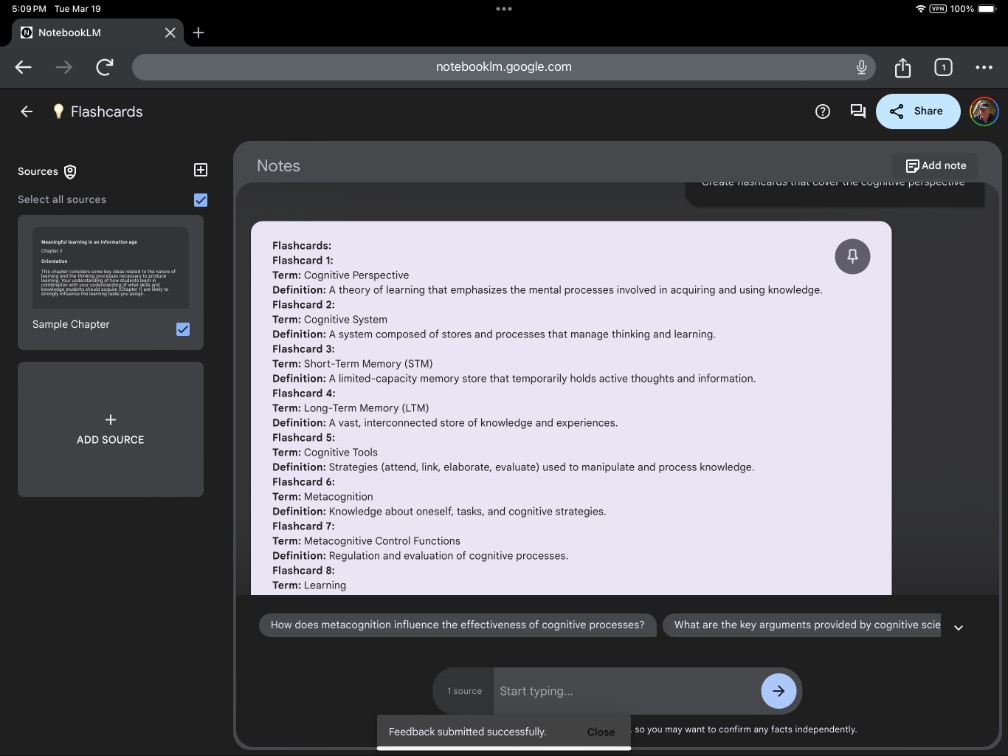I have found myself exploring and writing about the interrelated topics of personal knowledge management, second brains, and note-taking for the past several years. As I have spent time on these interests, it became obvious that there were multiple disciplinary perspectives on these topics. In addition, the different disciplines seem mostly oblivious to each other as indicated by the lack of cross-referencing evident in their written materials. There are sometimes references to historical connections which I will identify, but for anyone interested in these topics I would suggest there are benefits for exploring more than a single point of view.
The Perspectives
Here are the descriptive labels I have decided to use for what I claim to be different perspectives. Hopefully, the labels offer some insights into the categories I have in mind.
- Academic studying – this perspective provided my personal background for this general topic. The focus of this perspective is learning in formal academic environments with the goals of the acquisition, understanding, and application of information to examinations and projects. While the general goal of education is focused on the long term and preparation for life, note-taking has a more immediate focus. I am of the opinion that the great majority of what I would describe as research is focused on topics within this category. Most of this research is based on a cognitive perspective on learning and application.
- Organizational Knowledge Management – Organizations have a need to develop, preserve, and apply knowledge. For multiple practical reasons (e.g., changeover in personnel), this knowledge should be externalized for the benefit of the organization. The generation and use of this shared knowledge originate with individuals. Personal knowledge management (PKM) can be individualized or integrated with the more general needs of a given organization. Procedures for accomplishing these goals are the subject of scholarship and training in the formal programs preparing individuals for careers in organizations (e.g., business schools), but it is my impression that scholarship is less empirical than that applied by those with an academic studying perspective and more anecdotal and based in logical argumentation.
- Knowledge Management Entrepreneurs – I struggled with a way to describe this perspective. It seems to me that there has been a recent and identifiable group of individuals offering self-help books and consulting expertise to those interested in Personal Knowledge Management. This category resembles the organizational knowledge management perspective but does not share the same group focus. The perspective emphasizes the collection, organization, exploration, and application of information over an extended period of time to accomplish personal goals. Of the three groups I have identified, those individuals promoting techniques and processes are the least likely engaged in what I would describe as formal scholarship.
Historical Antecedents
While not absolutely consistent, there are frequent references to similar individuals, practices, and models that can often be identified among these perspectives. Here is my own list of such sources.
- Vannevar Bush’s article “As we may think” describing the manner in which individuals and organizations might use a yet-to-be-developed technology (the Memex) to take on information overload and how a knowledge worker might explore, retain, organize, and apply information.
- Commonplace books are journals, diaries, or notebooks maintained by individuals. A famous historical example would be the Leonardo Di Vinci notebooks still available in different formats (Amazon source).
- Luhmann’s Zettelkasten. A zettelkasten is a card-based note-taking and note-linking system now often adapted to digitization and computer applications. It did not originate with Nikolas Luhmann, but I have connected the approach with his name because his prodigious use of the system as a scholar seems the example so many use.
- The encoding and external model of note-taking (e.g., Rickards & Friedman, 1978) is the basis for much of the empirical research from the academic studying perspective. It proposes that learners could possibly benefit from both the thinking required in taking notes (the encoding process) and/or by having an external record available for review (external storage). This basic differentiation has been applied to such topics as whether taking notes by hand is more or less effective than taking notes using a keyboard (encoding), the best ways to work with the external notes (e.g., retrieval practice), and individual differences in both what is stored and how what is stored is used. For example, the Cornell note-taking method is an example of a system for both taking and using notes.
Examples from the different perspectives
I have written extensively about a couple of these perspectives in previous posts so rather than repeat myself and increase the length of this post I will link to some of these earlier posts.
- Academic Studying – History of Note-Taking Research, Note-taking as a Generative Activity, Cornell Notes and Beyond
- Organizational Knowledge Management – this perspective is a little more challenging as I have not written about it before. Here is a source you can explore without having journal access – Towards a Co-evolution of Organizational and Personal Knowledge Management Systems. Also see Pauleen (2009) – this is the introduction to a special issue on personal knowledge management.
- Knowledge Management Entrepreneurs – Creating, Storing, and Using Smart Notes, Evaluating Tech Tools for Adults
Why consideration of the different perspectives might be useful?
Having asked you to recognize the multiple perspectives that I have identified, I owe you some explanation for why I think anyone interested in taking notes should expand their awareness of the background content available on this topic. I have found a couple of personal opportunities. First, the work from the perspective of academic studying has been far more carefully evaluated and useful in answering questions of why and if specific activities work. The knowledge management entrepreneurs offer specific “how to do it” suggestions and have strongly promoted the use of technology tools in PKM. The organizational knowledge management perspective extends the note-taking and PKM for life-long learning expanding core ideas beyond the academic classroom setting.
The links I provide here should open to many other resources on the perspectives I have identified.
References not linked
Pauleen, David (2009), “Personal knowledge management: putting the ‘person’ back into the knowledge equation”, Online Information Review, vol. 33, no. 2, pp. 221–224, doi:10.1108/14684520910951177.
Rickards, J. P., & Friedman, F. (1978). The encoding versus the external storage hypothesis in note taking. Contemporary Educational Psychology, 3(2), 136-143.
92 total views






You must be logged in to post a comment.